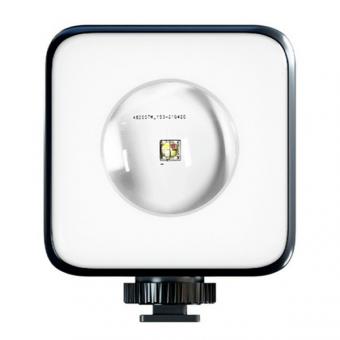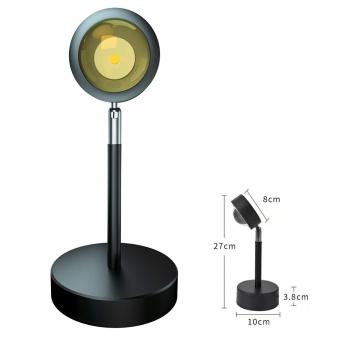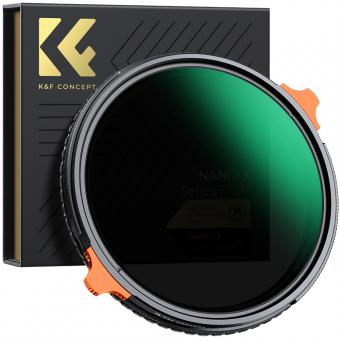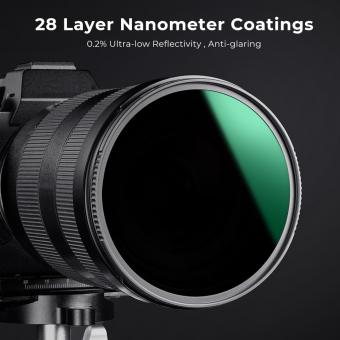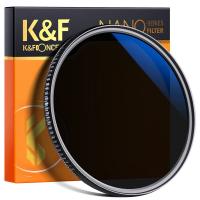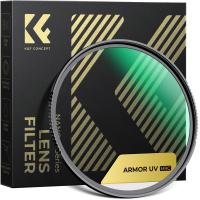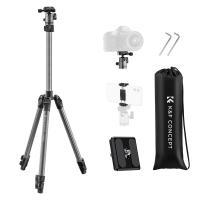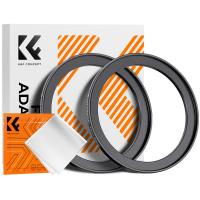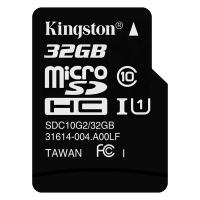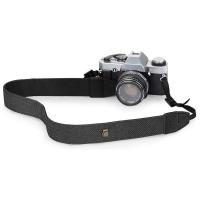What Nd Filter For Sunset?
When it comes to capturing stunning sunset photographs, the use of Neutral Density (ND) filters can be a game-changer. ND filters are essential tools for photographers who want to control the exposure and achieve creative effects in their images. In this article, we will delve into the various aspects of using ND filters for sunset photography, including the types of ND filters, their benefits, and practical tips for getting the best results.
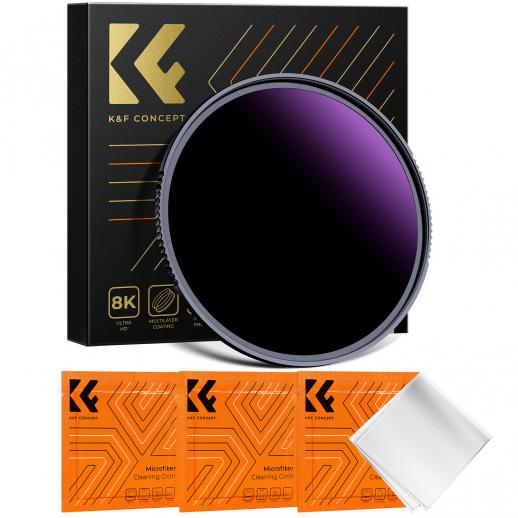
Understanding ND Filters
Neutral Density filters are optical filters that reduce the amount of light entering the camera lens without affecting the color balance of the scene. They come in different strengths, measured in stops, which indicate how much light is being reduced. Common ND filter strengths include ND2 (1 stop), ND4 (2 stops), ND8 (3 stops), and so on, up to ND1000 (10 stops) and beyond.
Why Use ND Filters for Sunset Photography?
Sunset photography often involves capturing scenes with high dynamic range, where the bright sky contrasts sharply with the darker foreground. ND filters help in several ways:
1. Extended Exposure Times: By reducing the amount of light entering the lens, ND filters allow for longer exposure times. This can create beautiful motion blur effects in clouds and water, adding a sense of dynamism to the image.
2. Balanced Exposure: ND filters help in balancing the exposure between the bright sky and the darker foreground, ensuring that neither is overexposed or underexposed.
3. Creative Effects: Using ND filters can help achieve creative effects such as silky smooth water, streaking clouds, and enhanced colors, making sunset photos more visually appealing.
Types of ND Filters
There are several types of ND filters available, each serving different purposes:
1. Fixed ND Filters: These filters have a fixed light reduction value. They are simple to use and are available in various strengths. For sunset photography, ND8 (3 stops) and ND16 (4 stops) are popular choices.
2. Variable ND Filters: These filters allow you to adjust the light reduction by rotating the filter. They offer flexibility and are convenient for changing light conditions. However, they may introduce unwanted artifacts at higher strengths.
3. Graduated ND Filters: These filters have a gradient, with one part being darker than the other. They are ideal for balancing the exposure between the bright sky and the darker foreground. Graduated ND filters come in hard-edge and soft-edge variants, depending on the transition between the dark and clear areas.
Choosing the Right ND Filter for Sunset Photography
Selecting the right ND filter for sunset photography depends on several factors, including the desired effect, the dynamic range of the scene, and personal preferences. Here are some recommendations:
1. ND8 (3 Stops) and ND16 (4 Stops): These are versatile options for sunset photography. They provide enough light reduction to extend exposure times without making the scene too dark.
2. Graduated ND Filters: For scenes with a significant difference in brightness between the sky and the foreground, graduated ND filters are invaluable. A soft-edge graduated ND filter is ideal for landscapes with an uneven horizon, while a hard-edge filter works well for scenes with a clear, straight horizon.
3. Variable ND Filters: If you prefer flexibility and convenience, a variable ND filter can be a good choice. However, be cautious of potential artifacts at higher strengths.
Practical Tips for Using ND Filters at Sunset
1. Plan Ahead: Sunset photography requires careful planning. Scout the location in advance, check the weather forecast, and arrive early to set up your equipment.
2. Use a Tripod: Long exposure times necessitate the use of a sturdy tripod to avoid camera shake and ensure sharp images.
3. Compose Your Shot: Pay attention to the composition. Use the rule of thirds, leading lines, and other compositional techniques to create a balanced and visually appealing image.
4. Meter the Light: Before attaching the ND filter, meter the light to determine the correct exposure settings. Once the filter is in place, adjust the settings accordingly.
5. Experiment with Exposure Times: Try different exposure times to achieve the desired effect. Longer exposures can create dramatic motion blur in clouds and water, while shorter exposures can capture more detail.
6. Use a Remote Shutter Release: To avoid camera shake, use a remote shutter release or the camera's built-in timer.
7. Post-Processing: Sunset photos often benefit from post-processing. Adjust the exposure, contrast, and color balance to enhance the final image.
Using ND filters for sunset photography can elevate your images to new heights. By understanding the different types of ND filters and their applications, you can make informed choices and achieve stunning results. Whether you opt for fixed ND filters, graduated ND filters, or variable ND filters, the key is to experiment and find what works best for your style and the specific conditions of the scene. With careful planning, the right equipment, and a creative approach, you can capture breathtaking sunset photos that leave a lasting impression.

